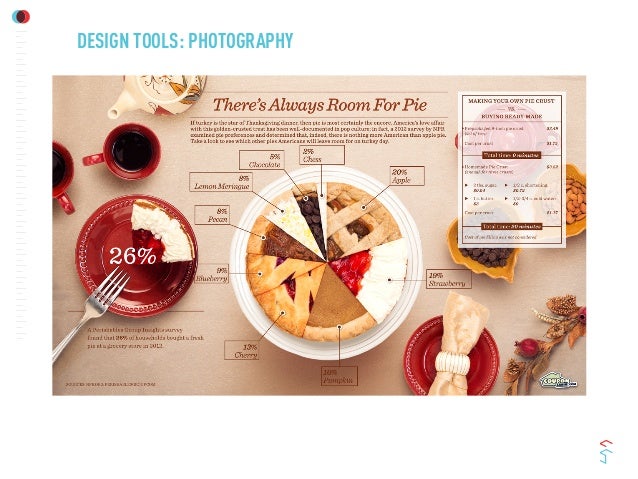What Every Professional Photographer Must Learn About Lighting
What Every Professional Photographer Must Learn About Lighting
Blog Article
Authored By-Greenwood Isaksen
As a photographer, you know that illumination can make or damage your photos. Recognizing the subtleties of both natural and man-made light is essential for recording the state of mind and clearness you go for in your job. Whether https://squareblogs.net/christalarden/exactly-how-to-pick-the-right-video-camera-for-your-digital-photography chasing the ideal gold hour radiance or fine-tuning your artificial setups, mastering these elements can raise your digital photography considerably. However there prevail pitfalls that several overlook, and acknowledging them can change your technique to every shoot. Allow's discover what you may be missing out on and how it can impact your results.
Recognizing Natural Light
Understanding all-natural light is essential for any type of digital photographer looking to improve their work. It's the foundation of wonderful photography, influencing mood, tone, and clearness. When you fire outdoors, focus on the moment of day. The gold hour-- soon after daybreak and before sunset-- offers soft, warm light that can transform regular scenes into sensational photos.
Don't undervalue the power of overcast days. Cloud cover diffuses sunshine, producing a soft, also light that's best for portraits and macro digital photography. You'll locate shades appear this kind of lighting without rough darkness.
Positioning matters, as well. Constantly consider your subject's orientation to the source of light. If the sun's behind your topic, you might end up with a shape, which can be remarkable however mightn't be what you desire. Alternatively, direct sunlight can develop unflattering shadows.
Trying out angles; sometimes, altering your viewpoint can produce impressive outcomes. Use natural reflectors, like water or sand, to jump light onto your topic, adding measurement.
Mastering Artificial Light
Grasping artificial light is important for professional photographers who wish to take their skills to the following level. Whether you're making use of speedlights, studio strobes, or constant lights, comprehending exactly how to manipulate these sources can drastically enhance your pictures.
Beginning by acquainting yourself with the fundamentals of light quality, instructions, and shade temperature. Explore various modifiers like softboxes, umbrellas, or grids to manage the softness or cruelty of the light.
You'll locate that soft light frequently produces lovely results, while harsher light can add dramatization and depth. Do not shy away from shadows; they can improve the three-dimensionality of your subjects.
Pay attention to the placement of your lights. A light located as well near your subject can produce uncomplimentary results, while also far can result in a lack of information. Make use of a light meter or your cam's pie chart to ensure you're exposing appropriately.
Finally, remember that synthetic light can be mixed with ambient light for innovative results. Balancing these resources could take method, but once you master it, your digital photography will absolutely beam.
Methods for Different Circumstances
When you enter different capturing situations, adapting your lighting strategies is crucial for catching the best images. For outside pictures, use the golden hour-- early morning or late afternoon light-- to soften shadows and boost skin tones.
If it's an extreme noontime sunlight, consider making use of a reflector to bounce light back onto your subject or seek shaded areas for an extra even exposure.
In low-light scenarios, like indoor events, boost your ISO and utilize a large aperture to let in more light. A tripod can help get rid of video camera shake, allowing for longer direct exposures without obscuring.
If you're shooting at night, explore off-camera flash to produce dynamic illumination and deepness in your images.
For item photography, make use of diffused lighting to avoid rough reflections. Softboxes or light outdoors tents can help attain this result.
When photographing Executive portrait studio , consider the instructions of light and time of day, as it can considerably alter the state of mind of your shot.
Always prepare to adjust your settings and positioning based on the situation, as flexibility is key to grasping lighting in digital photography.
Verdict
In conclusion, grasping lights is key to raising your digital photography abilities. Accept natural light's beauty during gold hour, and do not shy away from trying out synthetic light techniques. By adjusting your method to various circumstances, you'll record spectacular pictures that reverberate with emotion and quality. Bear in mind, the ideal lights can change a common shot into something phenomenal, so keep practicing and improving your understanding of both natural and artificial light. Delighted shooting!
